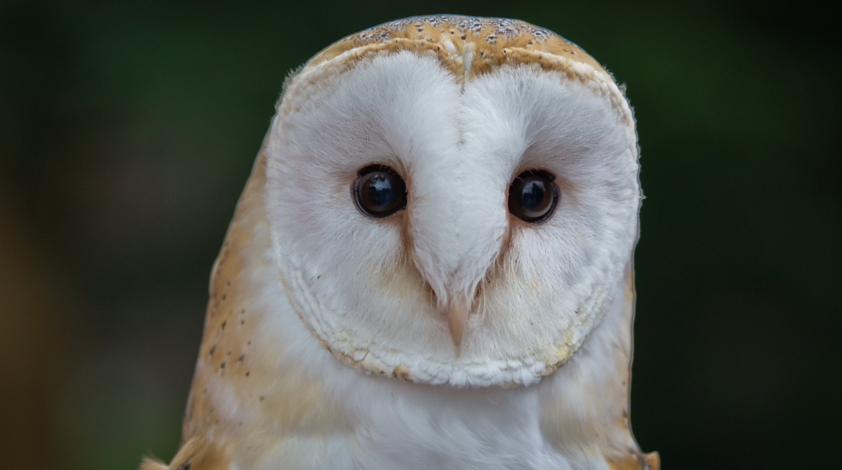-
Company
-
Brands
- A House of Brands
-
Hearing Instruments
-
Consumer HearingConsumer Hearing
-
Cochlear ImplantsCochlear Implants
-
Audiological CareAudiological Care
- AudioNova - Brazil
- AudioNova - Denmark
- AudioNova - Italy
- AudioNova - Sweden
- Audition Santé - France
- Boots Hearingcare - UK & Ireland
- Connect Hearing - Australia
- Connect Hearing - Canada
- Audiological Care US
- Geers - Germany
- Geers - Hungary
- Geers - Poland
- Hansaton - Austria
- Lapperre - Belgium
- Schoonenberg - Netherlands
- Triton Hearing - New Zealand
-
Investors
- Investors overview
- Ad hoc announcements
- Why invest in Sonova & strategy
- Presentations & webcasts
-
Financial reports
- Current outlook
- Key figures
- Financial calendar
-
Corporate governance
-
Sonova shares & bondsSonova shares & bonds
- General Shareholder's Meeting
- Services & contacts
- Newsroom
-
Careers
- Your career with us
-
Apply now
-
Why Sonova
- Get to know our talents
sonova global
- Global
-
North America
North America
-
Pacific
Pacific
-
Latin America
Latin America
- Asia
- Europe
Global
North America
Pacific
Latin America
Asia
Europe
-
Company
-
Brands
Brands
- A House of Brands
- Hearing Instruments
- Consumer Hearing
- Cochlear Implants
-
Audiological Care
- AudioNova - Brazil
- AudioNova - Denmark
- AudioNova - Italy
- AudioNova - Sweden
- Audition Santé - France
- Boots Hearingcare - UK & Ireland
- Connect Hearing - Australia
- Connect Hearing - Canada
- Audiological Care US
- Geers - Germany
- Geers - Hungary
- Geers - Poland
- Hansaton - Austria
- Lapperre - Belgium
- Schoonenberg - Netherlands
- Triton Hearing - New Zealand
-
Investors
Investors & financials
- Investors overview
- Ad hoc announcements
- Why invest in Sonova & strategy
- Presentations & webcasts
- Financial reports
- Current outlook
- Key figures
- Financial calendar
- Corporate governance
- Sonova shares & bonds
- General Shareholder's Meeting
- Services & contacts
- Newsroom
-
Careers
Careers at Sonova
- Your career with us
- Apply now
- Why Sonova
- Get to know our talents
sonova global
Choose your country
- Global
-
North America
North America
-
Pacific
Pacific
-
Latin America
Latin America
- Asia
- Europe
Global
North America
Pacific
Latin America
Asia
Europe
Unique: barn owls hear in 3D
No animal has adapted to its environment better than the barn owl. Using these nocturnal birds to learn from the natural world has resulted in revolutionary new findings that are also paving the way for innovative technological applications in the hearing aid industry.

The barn owl’s auditory system is phenomenal; it is so sophisticated that the bird can take wing and catch prey even in the darkest night.
One of its secrets is the heart-shaped disk of feathers surrounding its face. Much like a parabolic antenna, this captures even the slightest rustling of the owl’s animal prey in the grass, with the stiff feathers at the edge of the disk amplifying the sound. The ruff of feathers resonates like the sound chamber of a musical instrument while the fine, dendritic feathers within the disk allow the sound to pass through quickly. A barn owl can thus hear noises that are ten times softer than those audible to most humans.
There is another peculiarity that is almost imperceptible: one of the owl’s ears is positioned slightly higher than the other. “The lower ear monitors what is happening on the ground while the other listens out ‘up above’, explains Vice President Science & Technology Stefan Launer, Sonova’s hearing research specialist. This asymmetry means that the sound arrives at the ear inclined towards the noise first, a fraction of a second before it reaches the other one. “This enables the owl to locate noises within a space very effectively,” says Launer. The birds can thus use their ear apertures to pinpoint sounds from all directions and, as it were, hear in 3D.
This asymmetry is of the essence – and scientists have long been interested in the question of how an acoustic stimulus that reaches each ear at different points in time is combined by the brain into a single, spatial perception. The underlying processing principle serves as a template for constructing highly integrated circuits: “It has inspired many scientists and engineers to develop so-called directional microphone systems. These make it possible to locate sound sources precisely and to differentiate noise interference from the desired target signal,” explains Stefan Launer.
As far as wearers of Sonova brand Phonak and Unitron hearing aids are concerned, application of the “owl principle” adds up to a considerable leap forward in quality of life; they are much better able to understand single speakers in environments with diffuse sources of noise, for example. Phonak hearing aids feature StereoZoom technology that makes very effective use of the multiple microphone principle to distinguish between relevant and undesirable signals. StereoZoom uses Binaural VoiceStream Technology™ in which the microphones of both hearing aids team up to share complete audio signals that focus on signal sources coming from the front; distracting noise from other directions is minimized.
This is just one way that the natural world has inspired technological innovations at Sonova that bring hearing aid wearers the best possible quality of life.